|

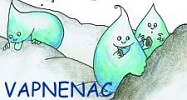
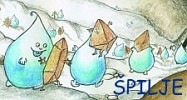 
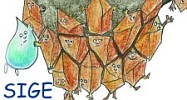

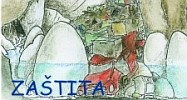

|

Rain drops also fall on soil. In the soil there
are tree roots and remains of rocks, animals and plants.
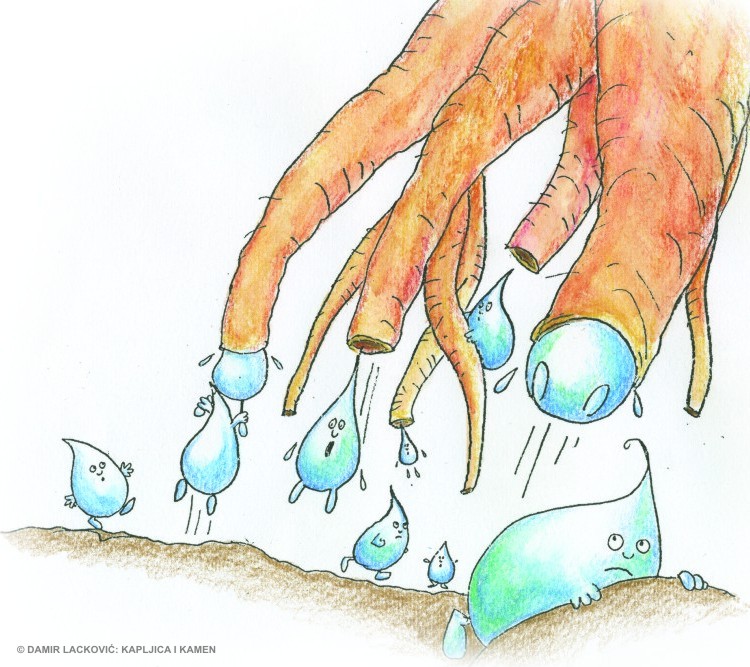
When water droplets pass through the soil, some are
absorbed by thirsty plant roots, and others continue
down into dark, cold cracks.
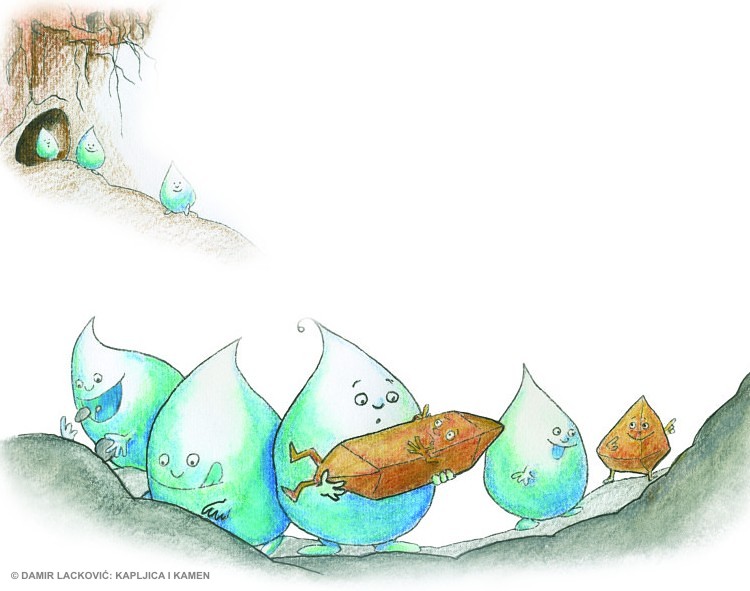
In these cracks, the curious droplets meet small
crystals of calcite. The droplets pick up the
crystals and take them on an underground adventure.
Did you know?
Crystals are minerals of a regular shape, with sharp
edges and flat surfaces. Calcite is a mineral that
forms limestone. Calcite crystals in limestone are
very tiny but they can be seen under a magnifying glass.
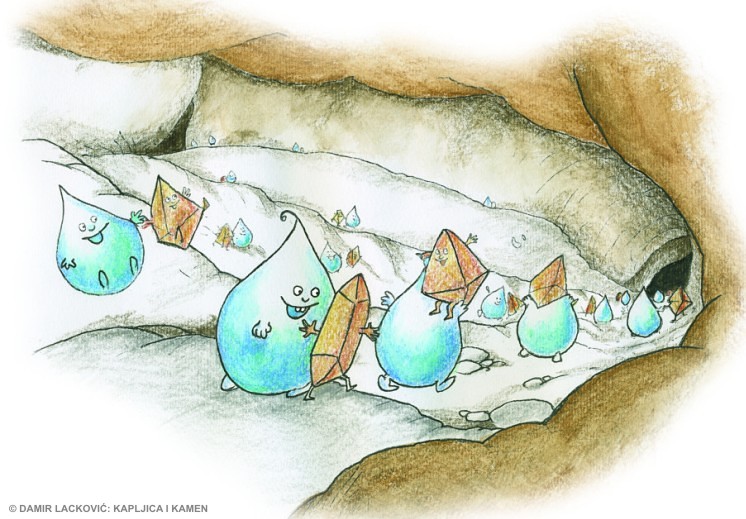
Droplets and calcite crystals leave behind underground
passages of various shape: straight or curvy, low or
tall, narrow or wide, all of them in total darkness.
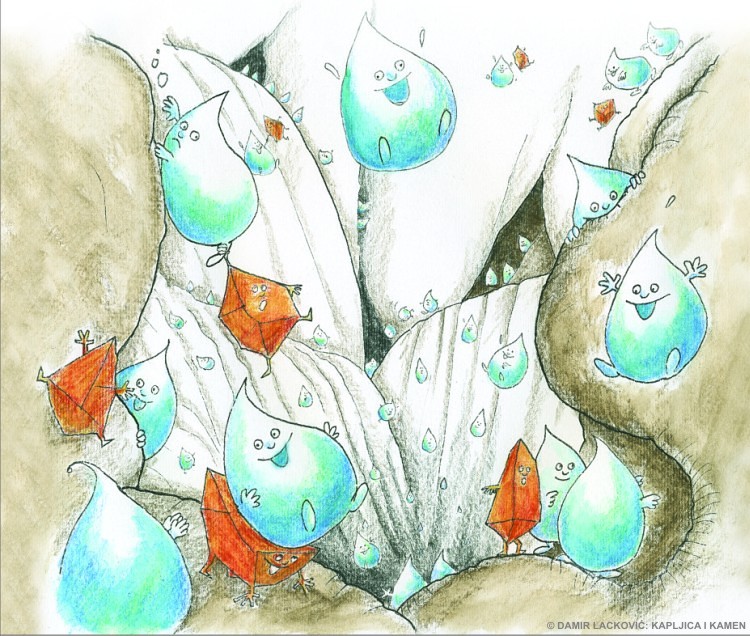
At first the passages are small but in time they become
larger. Such large underground passages are called
caves. People who explore caves are called cavers
or speleologists.
Did you know?
Speleologists explore caves by going down and climbing
up on ropes, crawling through narrow muddy passages,
diving in cold dark lakes, resting in sleeping bags
underground …
To get to the bottom of the world’s deepest cave –
Krubera Cave in the Republic of Georgia – speleologists
need to descend 2191 meters on ropes (the height of 20
Zagreb Cathedrals stacked one on top of another).
The deepest cave in Croatia is Lukina jama in the
Velebit Mountain and is 1392 meters deep.
The length of Mammoth Cave in North America is over 590
kilometers (or the distance from Zagreb to Dubrovnik in
Croatia). This is the longest cave in the
world. The longest cave in Croatia – Kita gaćešina
– is over 32 kilometers long in the Velebit Mountain.

|